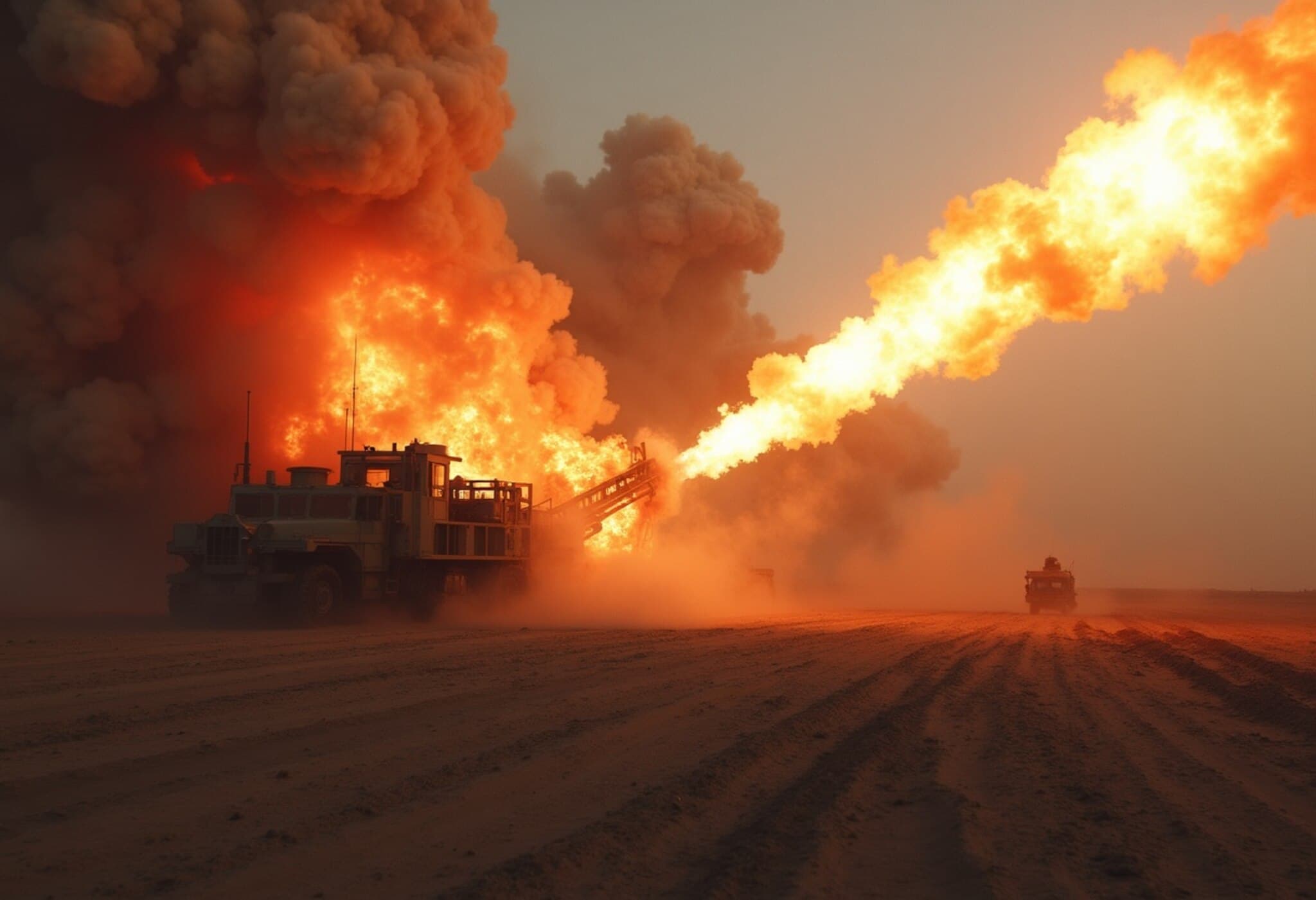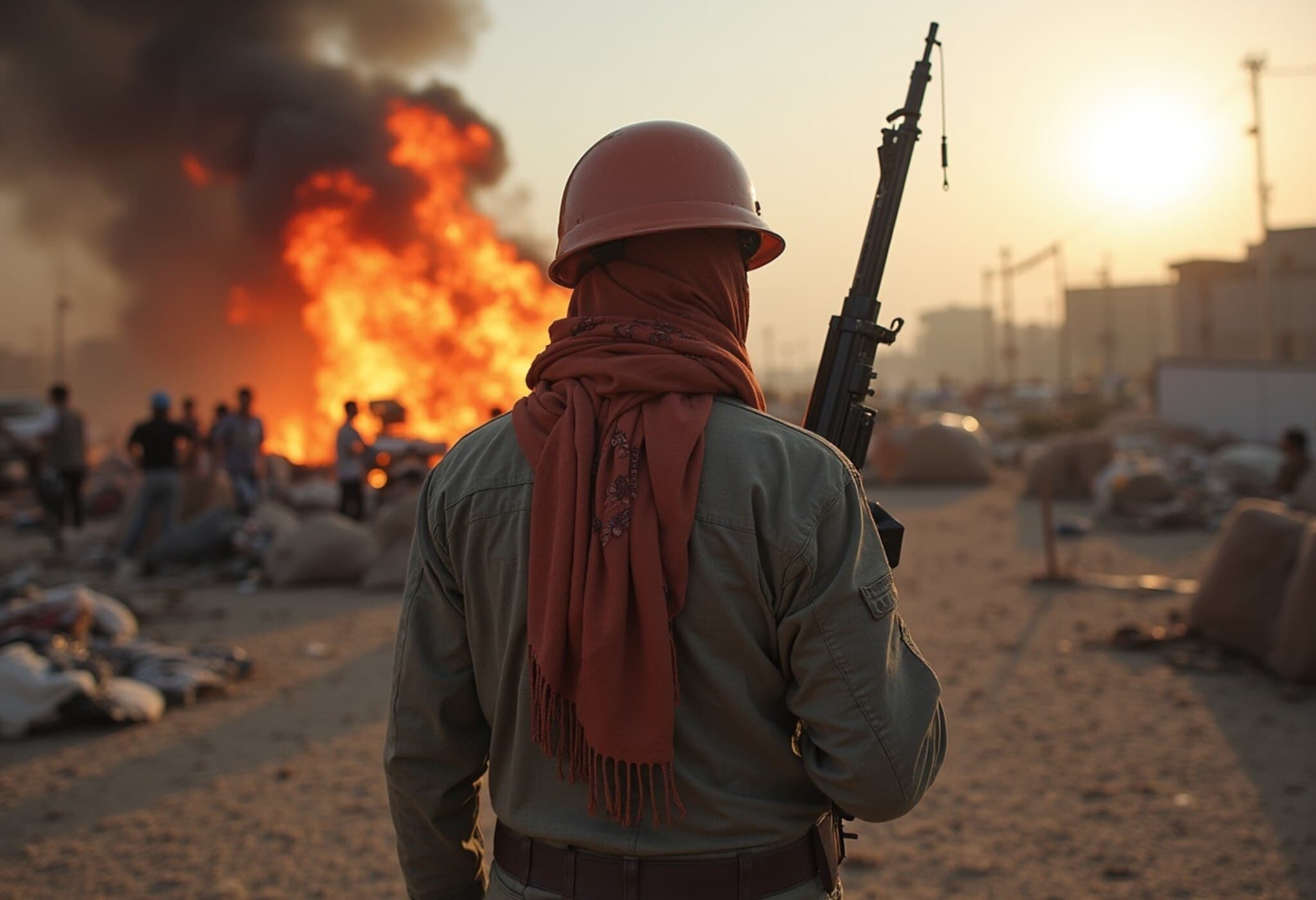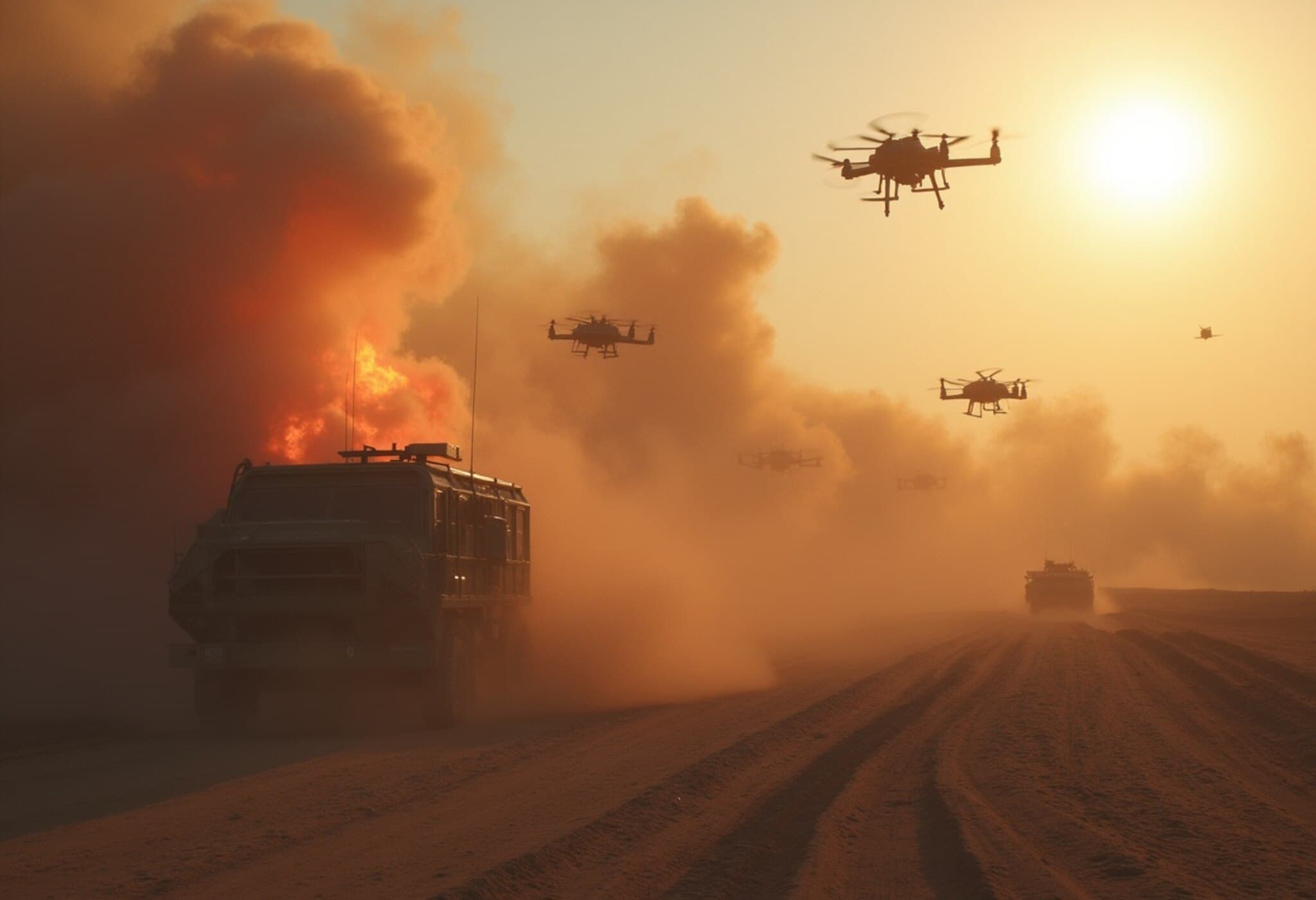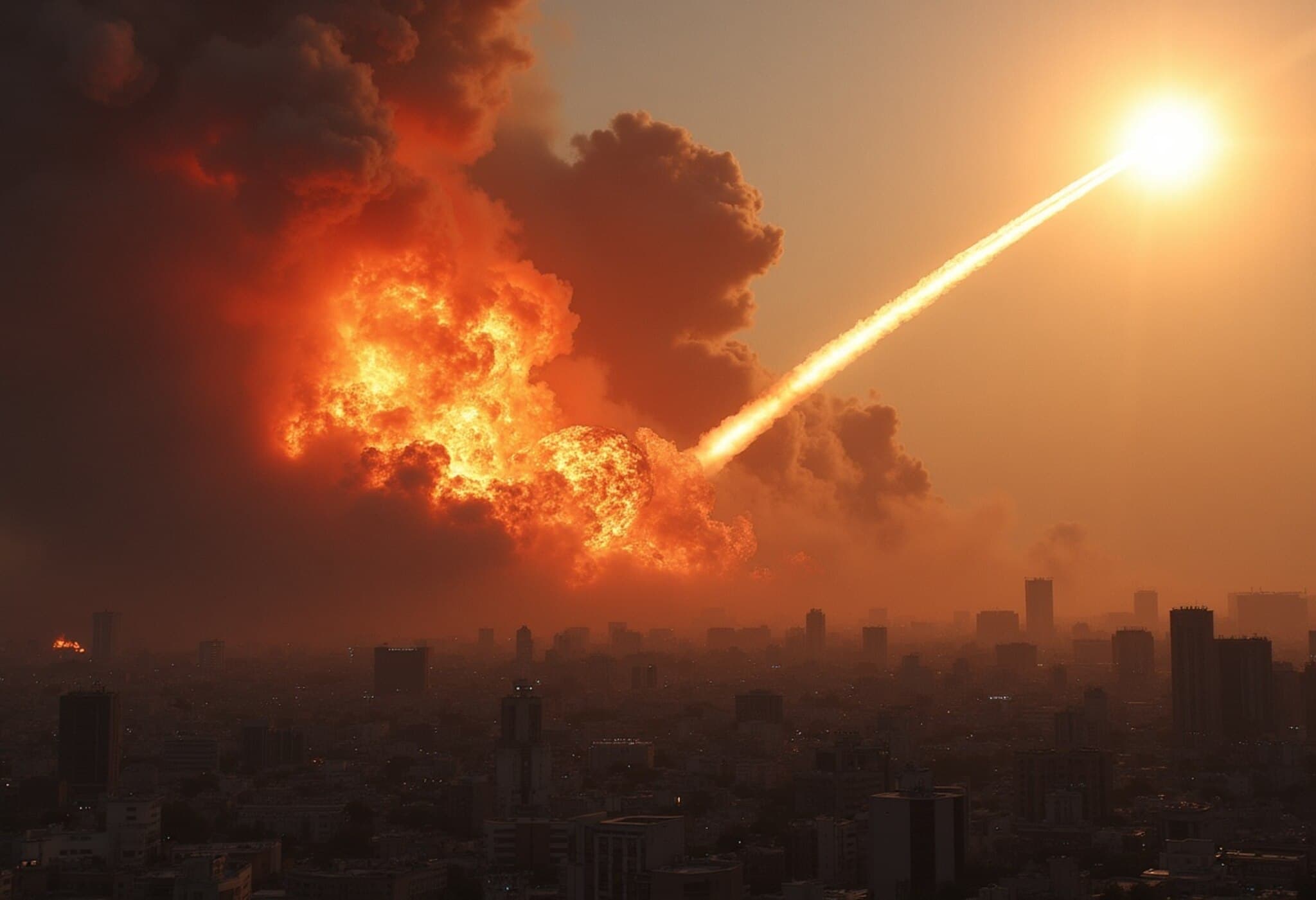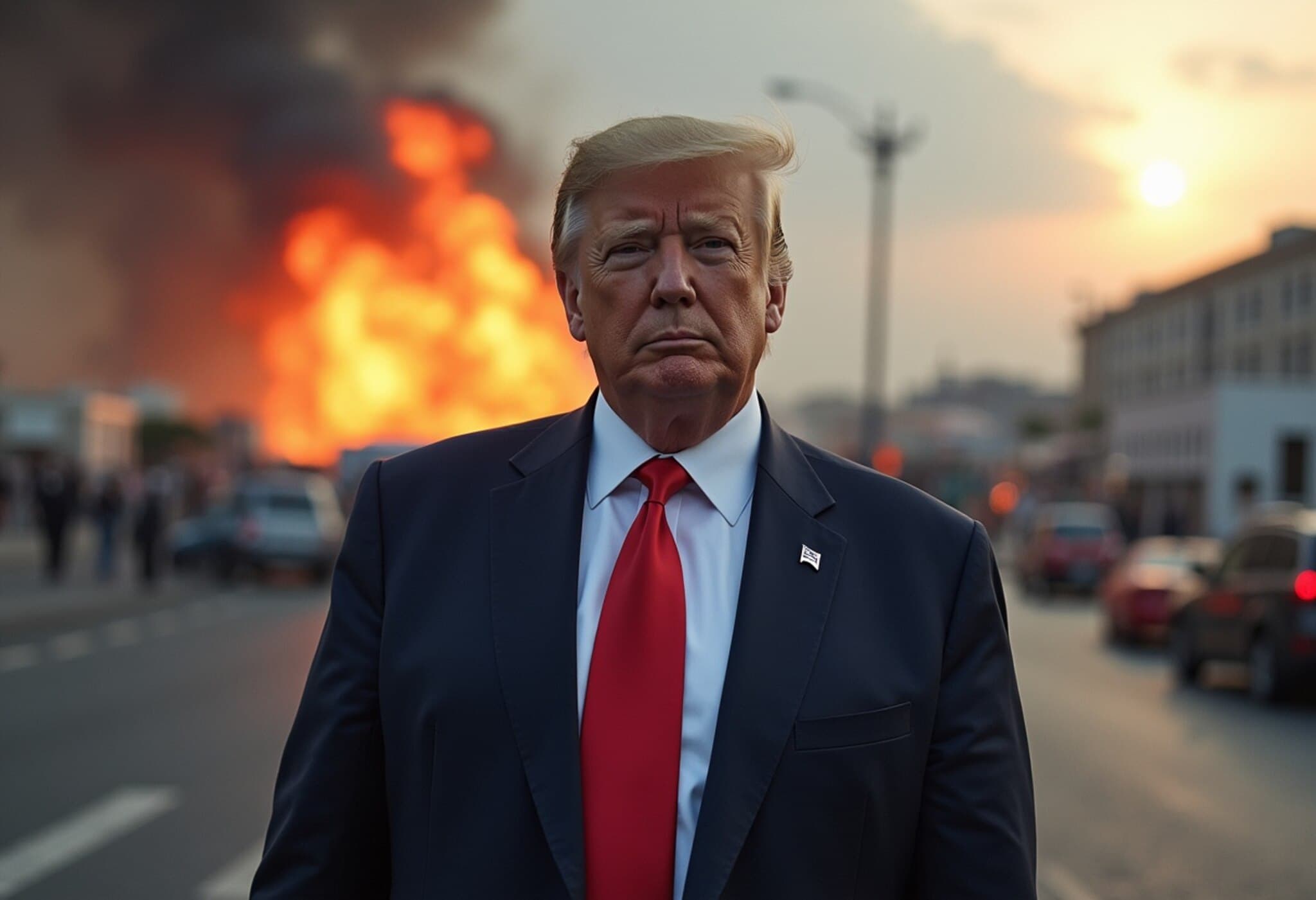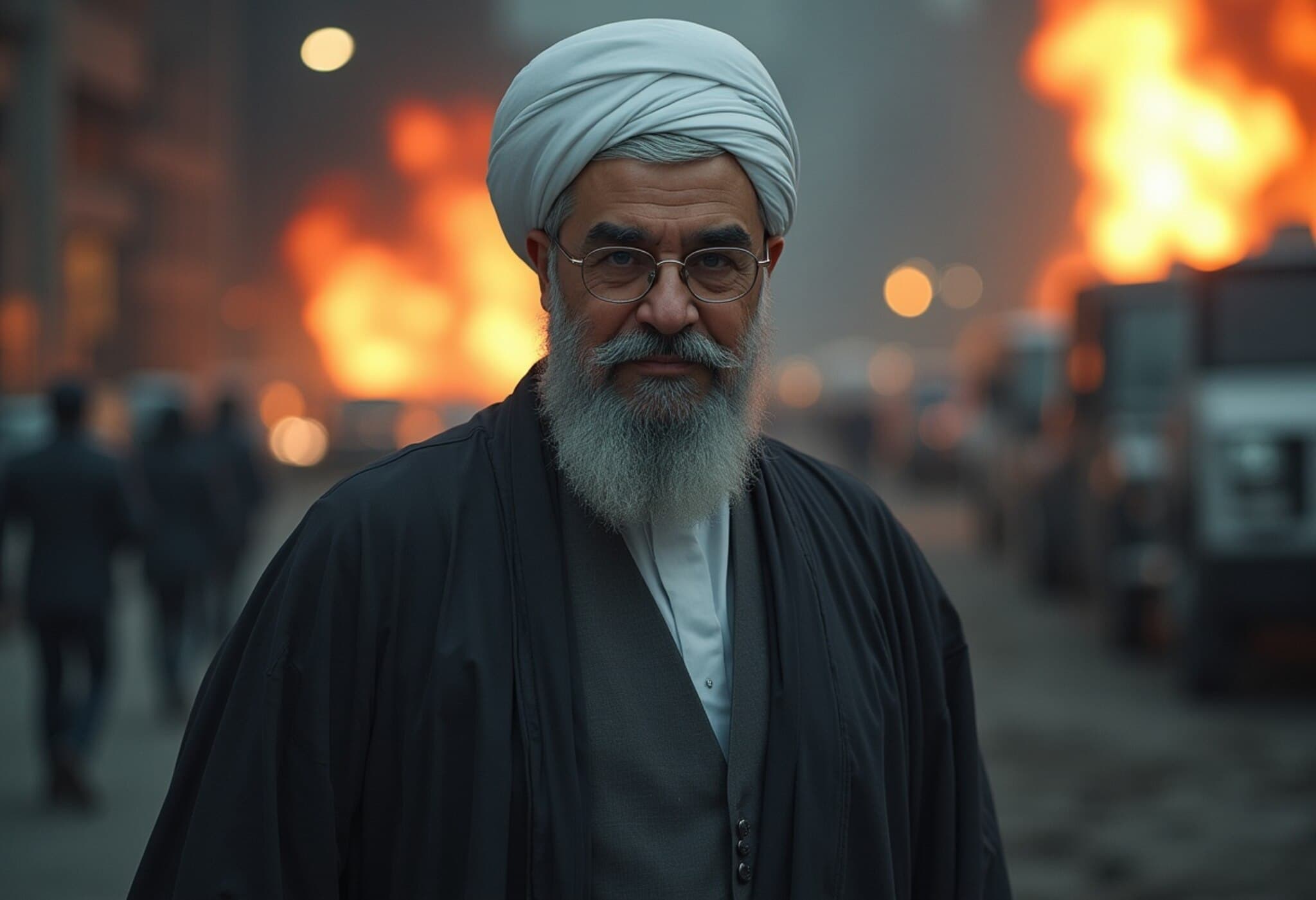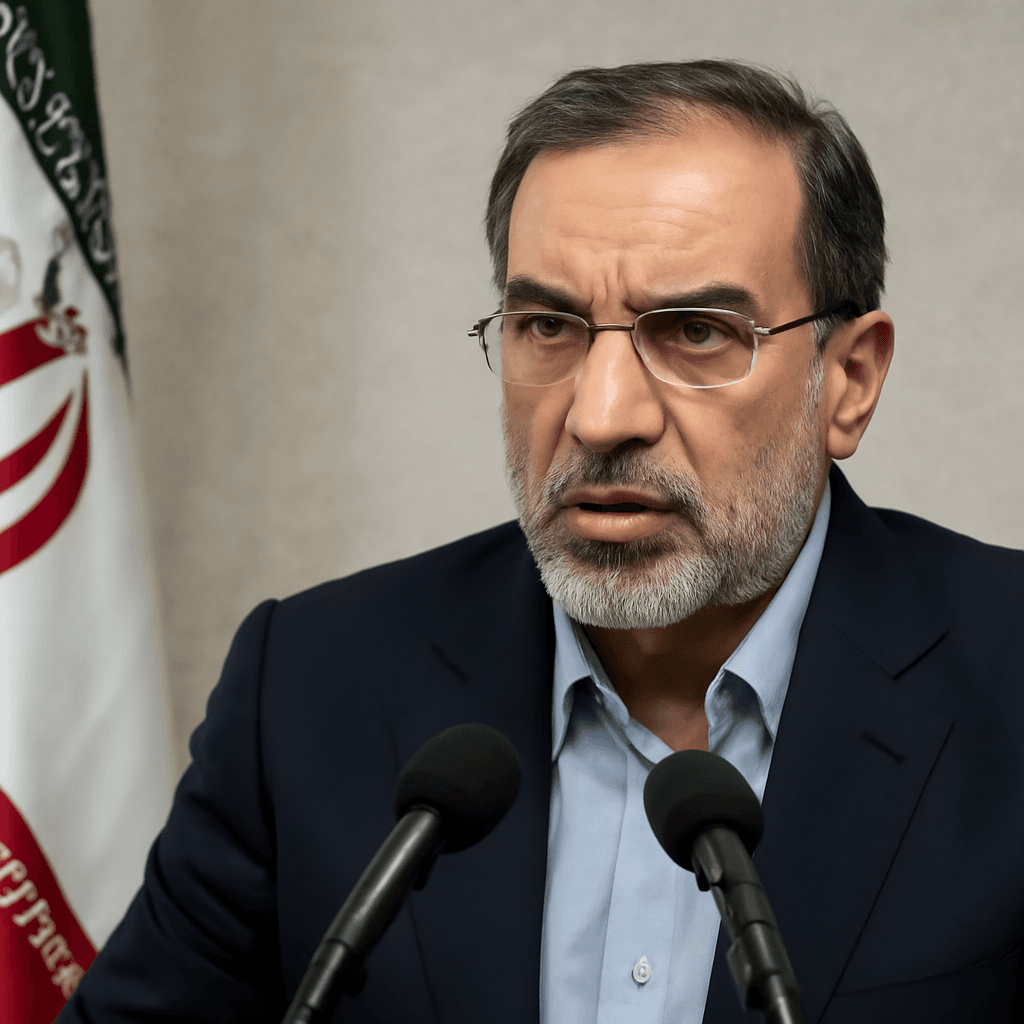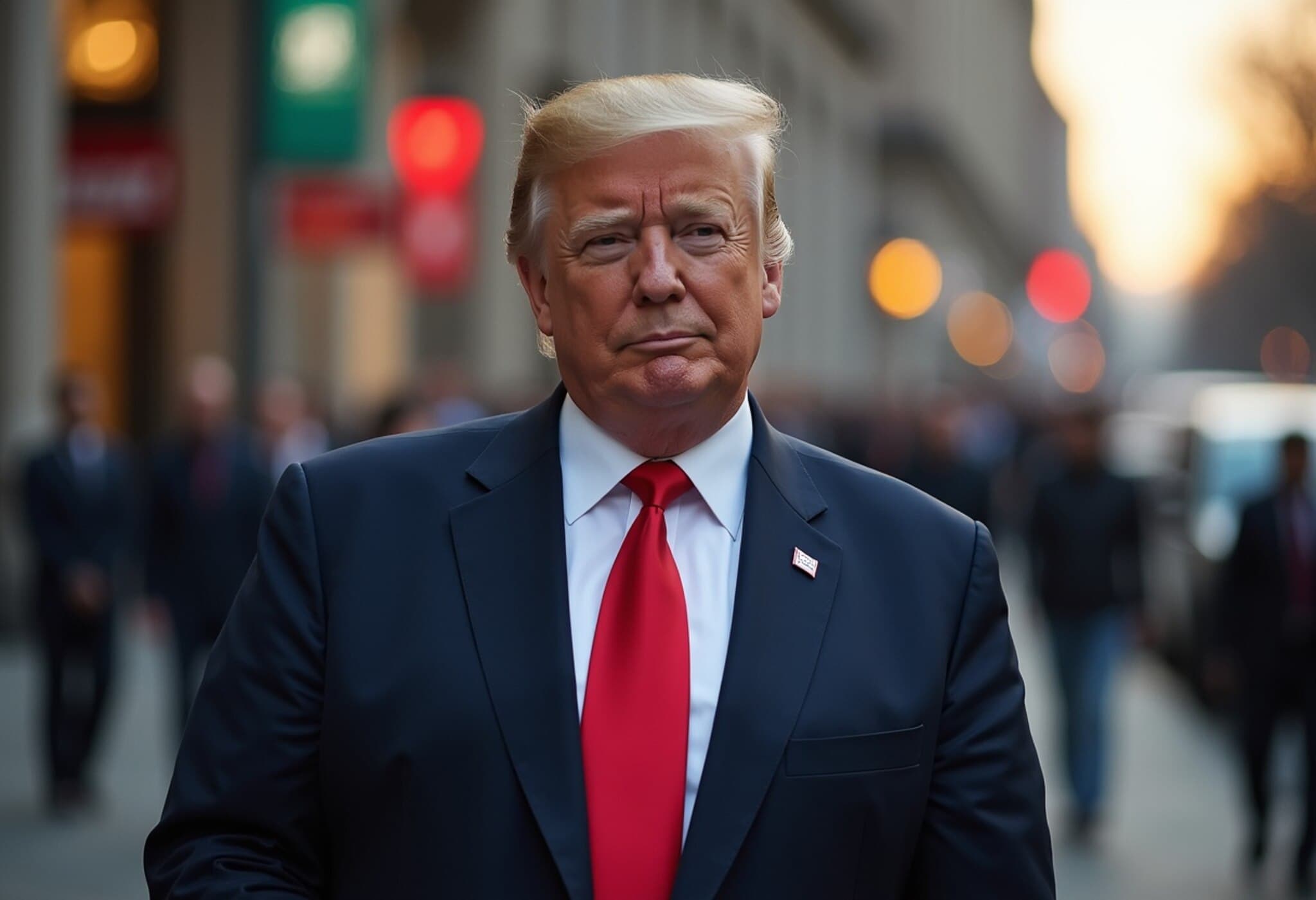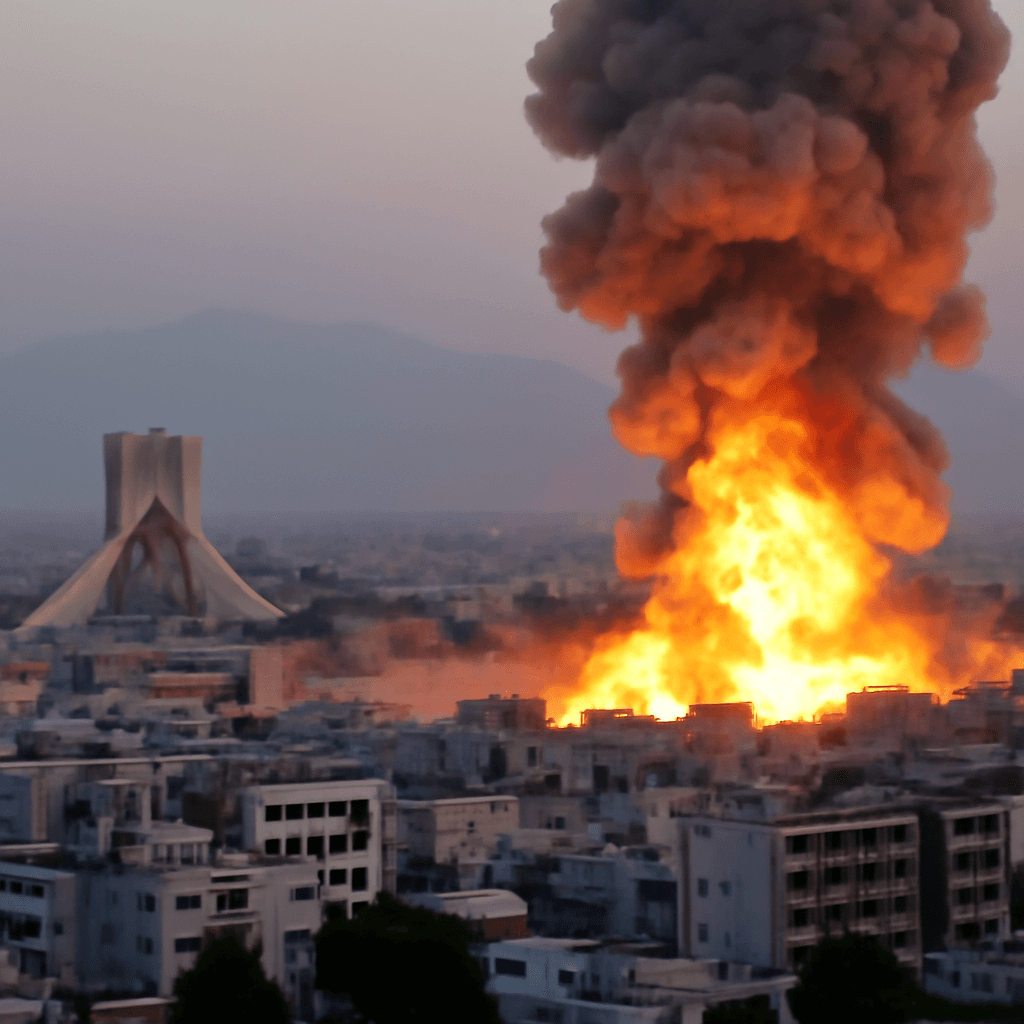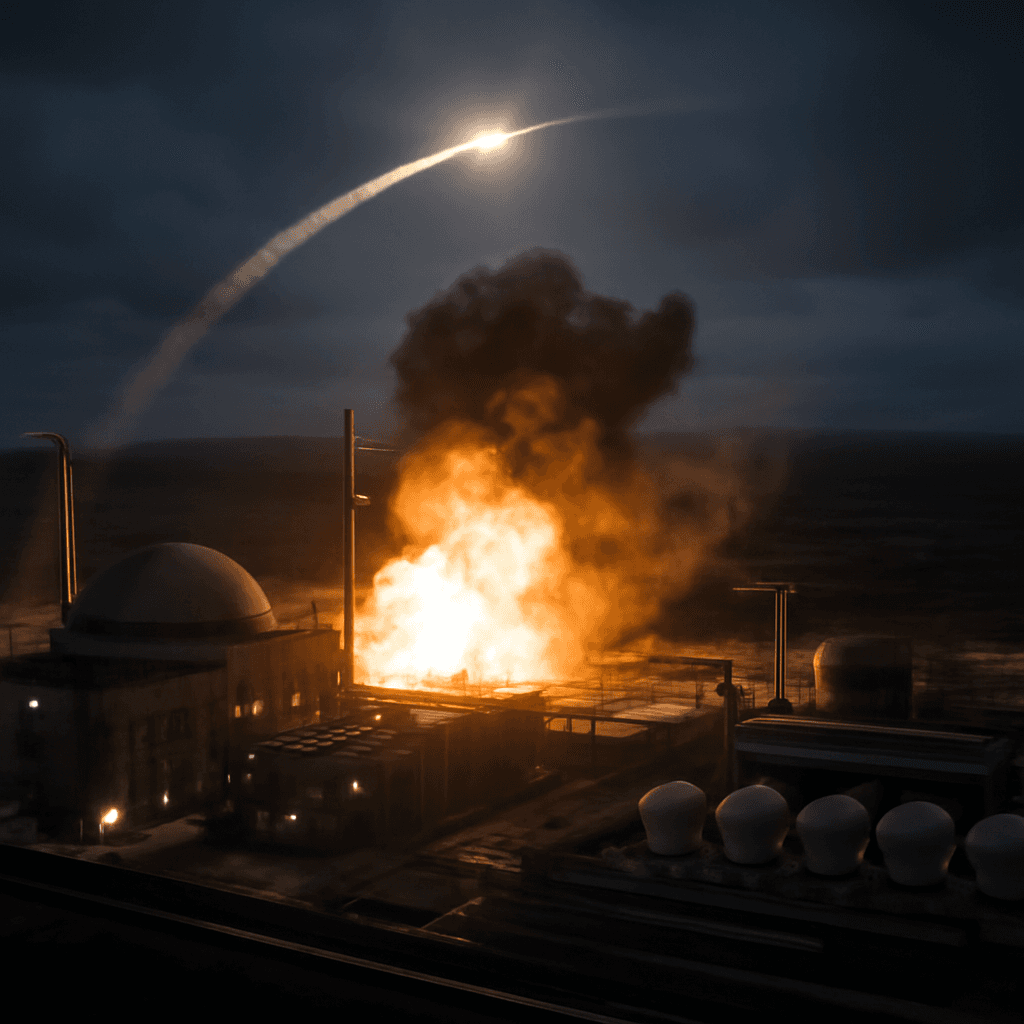Unraveling the Complex Ceasefire Between Israel and Iran
The recent ceasefire announcement between Israel and Iran has left many perplexed, as missile attacks and conflicting statements continue to fuel uncertainty. Despite the ceasefire declaration, hostilities have persisted, raising questions about its immediate implementation and effectiveness.
A Rapid Escalation of Conflict
Following a series of aggressive moves starting Saturday, tensions escalated sharply in the Middle East. The United States, under President Donald Trump, authorized support for Israel’s actions against Iran, marking a significant involvement in the conflict.
On Sunday, Iran’s Foreign Minister asserted Tehran’s readiness to pursue all available options, signaling no immediate intention to de-escalate. The following day, Iran launched a missile strike targeting a U.S. military base in Qatar—one of America’s largest regional installations housing approximately 10,000 troops.
The Confusing Ceasefire Statement
Later on Monday evening (U.S. time), President Trump announced a ceasefire between Israel and Iran as being "now in effect." However, Iran quickly contradicted this claim, with its Foreign Minister denying any formal agreement on a ceasefire while expressing openness to halt military operations if Israel ceased what Tehran called “aggression against the Iranian people.” Israel, meanwhile, has not publicly acknowledged accepting the ceasefire.
Confusion deepened as Iranian state media referred to missile attacks on Israel as the "last round" before the ceasefire commenced, though such claims remain unverified independently.
Impact on Global Markets and Energy Prices
Oil Prices Respond to Regional Tensions
In response to Iran’s strike on Qatar and subsequent ceasefire signals, oil prices experienced notable fluctuations. During Asian trading sessions, benchmark crude prices fell by nearly 3%, continuing a decline that started the previous day. West Texas Intermediate (WTI) crude dropped to approximately $66.43 per barrel, while Brent crude declined to around $69.34.
President Trump urged stakeholders to keep oil prices low, warning that spikes could benefit adversaries, underscoring the geopolitical sensitivity of energy markets amid the conflict.
Stock Markets Reflect Cautious Optimism
Global equities showed signs of optimism as hopes for de-escalation took root. U.S. indices—including the Dow Jones Industrial Average, S&P 500, and Nasdaq Composite—all rose by around 0.9% on Monday.
Asian markets followed suit on Tuesday, with South Korea’s Kospi climbing over 2.7%. Investors seem encouraged by the prospect of cooling conflict, though lingering uncertainties keep the atmosphere tense.
Noteworthy Market Highlights: Tesla’s Robotaxi Launch
Tesla shares surged more than 8% after unveiling its robotaxi service in Austin, Texas, over the weekend. The launch attracted mixed reactions from analysts—some praising it as exceeding expectations, while others described it as just the first step in a longer journey. Regulators have begun scrutinizing the initiative, adding an extra layer of complexity to Tesla's ambitious move.
Aviation Disruptions Due to Regional Conflict
The escalation in military actions has also disrupted airline operations. Emirates rerouted some flights to avoid conflict zones, cautioning travelers about potential delays and longer routes. Air India suspended all flights to and from the Middle East, as well as routes connecting to the east coast of North America and Europe.
Other major carriers, including Air France, Iberia, and Finnair, postponed or halted Middle East services in response to the volatile situation. These measures reflect ongoing safety concerns amid the continuing military tensions.
What Lies Ahead?
The situation remains fluid, with mixed signals complicating efforts toward sustainable peace. While some interpret recent missile exchanges as a strategic show of strength designed to press for a diplomatic exit, the risk of further escalation cannot be overlooked.
Markets and governments worldwide remain watchful, balancing cautious optimism with pragmatic vigilance as the region navigates this uncertain chapter.

